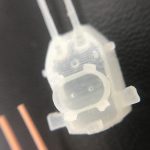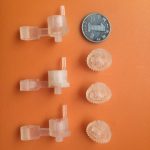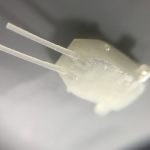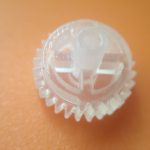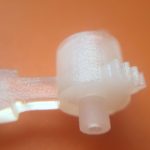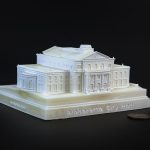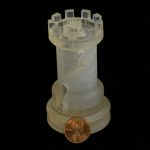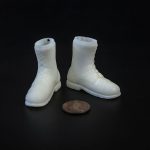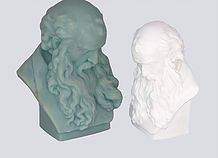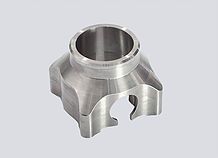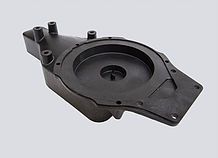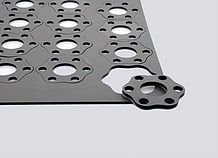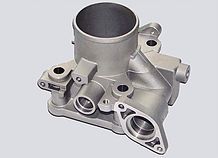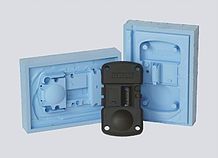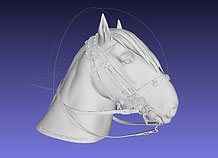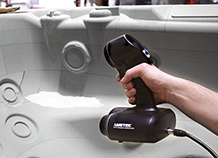Manufacturing Infomation
 Pricing: $3.10/cm3
Pricing: $3.10/cm3
 Minimum Cost:$33
Minimum Cost:$33
 Lead Time: 3 days
Lead Time: 3 days
284 x 184 x 203
2 x 2 x 2
0.016, 0.032
±0.1% (with a lower limit of ±0.1 mm)
Suitable for:
Not Suitable for:
Colours Available
Colours Post Process
Additional Info
This material utilizes a waxy support material that is dissolved after printing is completed. Because the support material slightly changes the texture of the product, and isn’t applied to the entire product, you will see slight variability in texture over the surface of the model.
The pricing model of Frosted Detail Plastics gives you transparency and a high level of control to manage the costs of the 3D print with design decisions.
In general, minimum wall varies based on features
The more stress is put on your object, the thicker it has to be. While the minimum wall is 0.3mm, this does not mean all parts of your structure will be strong enough at those thicknesses. For most designs, we recommend designing thicker walls as 0.3mm walls remain very, very brittle. Wires that support objects (like trees or lollipops), for instance, need to be thickened so they don't snap.
Parts that jut out are more likely to break during shipping
To protect your pieces, sometimes it is helpful to build a cage around your object. This is especially true for thin wires that jut out (like the post on a model ship), the thinner the structure the more brittle the part. However, please note that a cage might cause some leftover support material on your part, meaning your part might be slightly yellow. If you plan on painting your model, we recommend cleaning off any excess wax before painting because the wax prevents paint from sticking. Alternatively, you can thicken the wires that jut out to 0.6 - 0.8mm thick.
Features
 Watertight
Watertight

 Foodsafe
Foodsafe

 Glue-able
Glue-able

 Recycleable
Recycleable

 Biocompatible
Biocompatible

 Biodegradable
Biodegradable

 Additive Manufacturing
Additive Manufacturing

Design Rules





The minimum detail is determined by the printer's resolution.When detail dimensions are below the minimum, the printer may not be able to accurately replicate them. Details that are too small can also be smoothed over in the polishing process.
To ensure details come out clearly, make them larger than the indicated minimum. We may refrain from printing products with details smaller than the minimum, since the final product will not be true to your design. If your product has details smaller than the minimum, try making them larger, removing them, or considering a material with finer detail.





